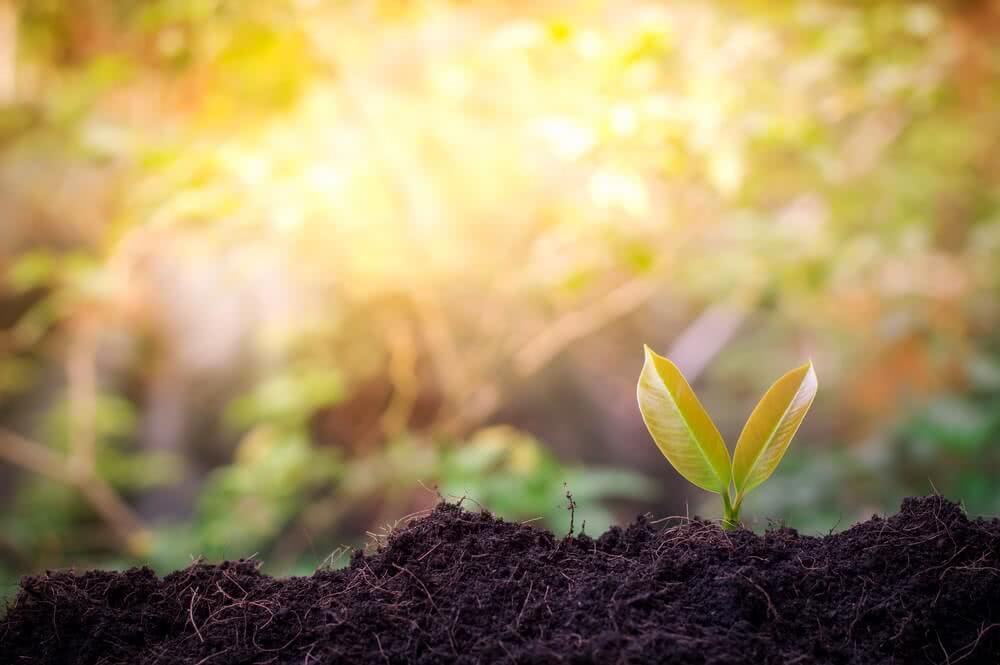Plants can be subdivided into following three groups according to their daily requirements of light and dark period to start flowering:
1. Long day plants:
These plants require long light periods combined with short dark periods to form flower buds. So primarily when days are long and nights are short, these plants bloom. Examples are Larkspur, Stock, Aster, Gardenia, Calendula, etc.
2. Short day plants:
The plants in this group need short light periods combined with long dark periods. When days are short and nights are long these plants flower. Plants such as Cosmos, Poinsettia, Chrysanthemum, and Kalanchoe belong to this group.
3. Day-neutral plants:
These plants flower anytime irrespective of the number of dark or light periods and are known as day-neutral plants or daylight neutral plants. Examples are Tuberose, Carnation, Dianthus, Pinks, and African violets. These are known to be photo-insensitive plants having no specific light or dark requirements.

If a short day plant such as Chrysanthemum is allowed to grow in a long day, they will continue to make vegetative growth and fail to form flower buds. Similarly, long day plants will not flower unless they get the minimum number of hours of daylight. Buy flower seeds online.
Generally speaking, within any specific 24 hour day, the majority of long day plants would need 8-10 hours of “continuous” dark period and most of the short day plants would need 10-14 hours of “continuous” dark period to produce flower buds.
It is not very clear how Photo-period is responsible, in short day and long day plants in controlling flower formation. The most tangible and widely accepted theory is that the number of hours of day length is responsible for the formation and translocation of flower inducing hormones which are formed in leaves.
The long or short periods of lights can be manipulated by using artificial illumination like grow lights. For example, to create long days, illumination by the combination of fluorescent tubes (40 watts) and incandescent lamps (60 watts) suspended 120 cm above the plants is useful.
The amount of daylight hours to control the flowering in floricultural crops has been widely exploited by growers and horticulturists. For example, in Chrysanthemum, by prolonging the flowering period, it is possible to avoid market glut and to produce flowers in off season which are a novelty and which fetch higher returns.
Apart from flowering, the amount of photo-period has a direct bearing on the production of bulbs in plants. It has been observed that photo-period influences the formation of corms and cormels (bulbs) in Gladiolus. Buy flowering plants online in India.

Read more about ‘How Light Affects the Growth of your Plant’
Happy Gardening!














